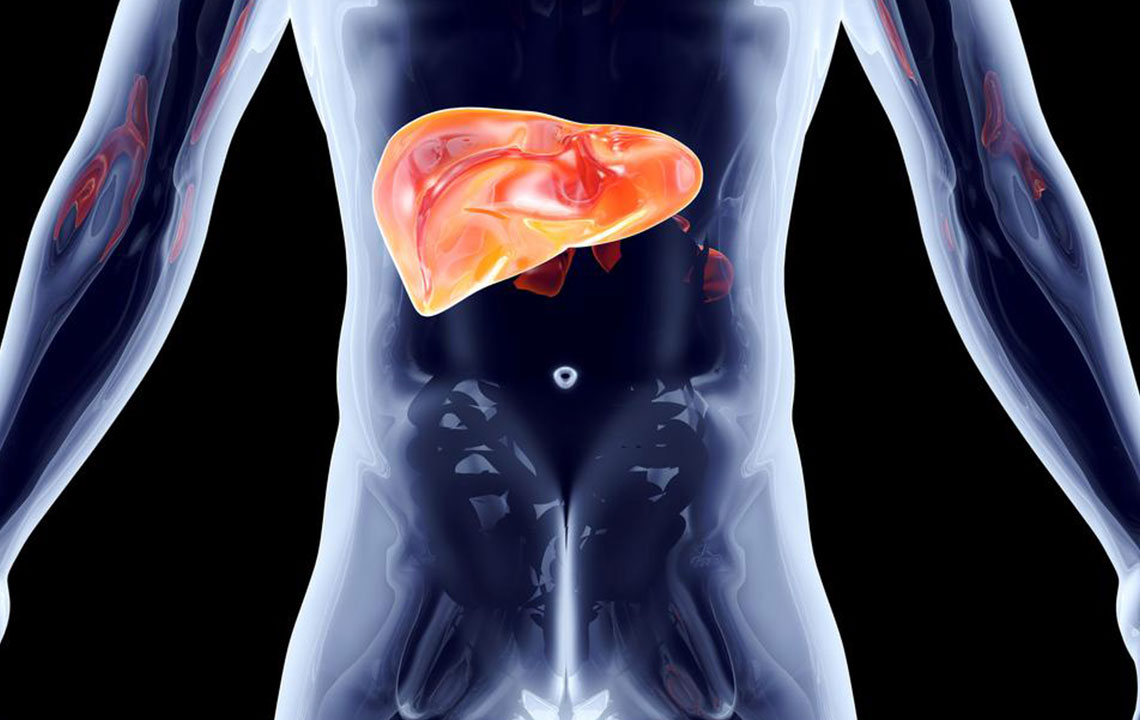Overview of Pediatric Liver Disorders and Conditions
Explore various pediatric liver disorders, including acute liver failure, Alagille syndrome, autoimmune hepatitis, and NAFLD. Learn about symptoms, causes, and treatment options to better understand these serious health conditions affecting children. Proper awareness can lead to early diagnosis and effective management of pediatric liver diseases.

Pediatric Liver Disorders: An Overview
Liver conditions in children, including infants, are collectively known as pediatric liver disorders. These illnesses can be severe, sometimes necessitating liver transplantation to address critical complications.
The liver's resilience is remarkable; it can regenerate after significant tissue loss, which explains why most transplants are reserved for severe cases. Understanding different pediatric liver conditions is vital for early diagnosis and effective management.
The main pediatric liver diseases include:
Acute Liver Failure (ALF):
ALF requires urgent medical attention, affecting infants and children with symptoms like jaundice, fatigue, and bleeding. Causes include infections, metabolic issues, autoimmune diseases, and cardiovascular problems. Treatment involves supportive care, medication, and often liver transplantation.
Alagille Syndrome: This condition impairs bile flow from the liver, disrupting digestion and affecting various organs such as the eyes, heart, kidneys, and spine. Management includes high-calorie diets, vitamin supplementation, medication, and possibly a liver transplant.
Autoimmune Hepatitis: Autoimmune responses can damage the liver, leading to inflammation, fatigue, jaundice, and itchy skin. Treatment often involves steroids to suppress immune activity and other medications to support liver health.
Nonalcoholic Fatty Liver Disease (NAFLD): Excess fat accumulation in the liver causes inflammation, scarring, and increased risk of cirrhosis, liver cancer, and cardiovascular issues. Obesity and unhealthy lifestyles are major contributors. Management emphasizes lifestyle changes like a balanced diet and increased physical activity.
Additional pediatric liver disorders include Wilson’s disease, viral hepatitis, urea cycle defects, tyrosinemia, primary sclerosing cholangitis, primary hyperoxaluria, and organic acidemias.









